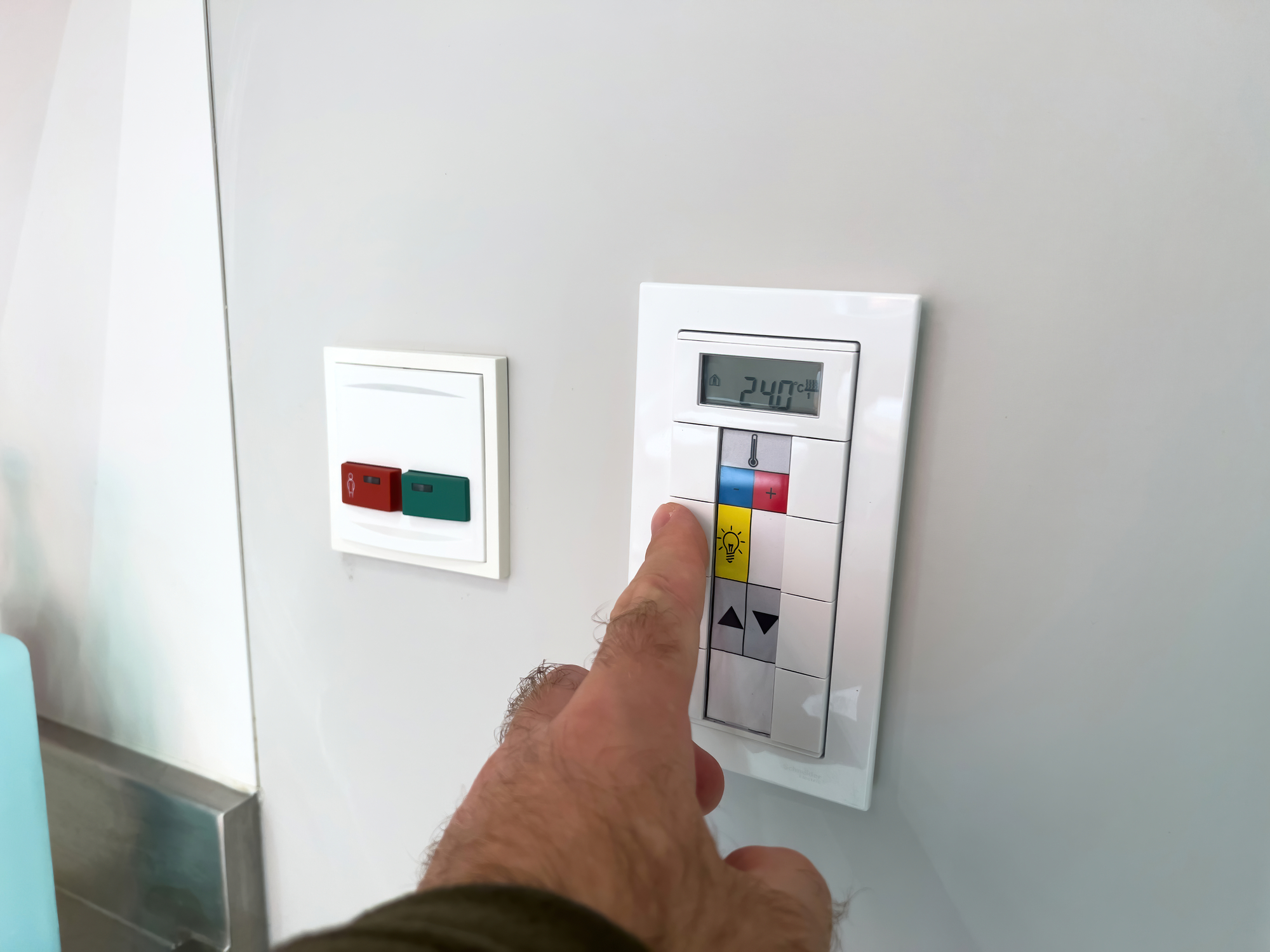Chris Davis, VP of Marketing at Hysopt, explains how NHS Trusts and other public sector organisations can avoid additional risks and costs of heat decarbonisation across their estates
With a vast, ageing and underfunded building stock, decarbonising existing estates and facilities is crucial in enabling the NHS to achieve its target of net zero for its direct emissions by 2040.
Heat and the Net Zero challenge
According to the NHS’s own figures, energy used in estates and facilities accounts for 40% of all direct carbon emissions; while at a hospital level, 40% of this can be attributed directly to the energy consumed for heating and cooling.
At the same time, the Government retains its ambition to build 40 new hospitals by 2030, all to net zero carbon standard.
There’s no doubt then that decarbonising the way NHS estates are heated (and cooled) is a significant part of the net zero challenge. But tackling the issue is not easy.
Fundamentally this means complete transition away from fossil fuels. Which is challenging for complex environments such as acute hospital sites, often still with a legacy of steam systems; and such a wide and varied array of building types, ages and construction types.
Furthermore, many NHS Trusts have already invested in energy efficiency technologies such as Combined Heat and Power (CHP), which provide valuable energy cost saving through production of electricity, but does little to contribute towards the net-zero carbon requirements.
In addition, most large acute sites have some form of distributed heat network, which makes matters more complicated still.
Funding heat decarbonisation in the public sector
NHS Trusts across the country have already benefited from capital funding from the Government’s £2.4bn Public Sector Decarbonisation Scheme.
Low-carbon heat technologies such as heat pumps are being deployed to replace end of life fossil fuel boilers to reduce heat related carbon emissions, alongside other solutions, including solar photovoltaics and building fabric upgrades.
But while the scheme provides much-needed access to capital funds necessary to begin the transition to low carbon heat, the design and installation of these solutions is extremely complex, with huge potential for uncertainty around how they will actually perform once deployed from a resilience, carbon saving and operational cost point of view.

Low carbon heat ready
Technologies such as heat pumps are not a like for like replacement for gas boilers.
Studies of over 400 non-domestic heating installations have revealed that 95% under-performed against expectations due to insufficiently well-thought-out engineering design; poor system commissioning; and failure to ensure existing heating installations are made “low carbon heat ready” first.
These so-called “Performance Gaps” between how the installations are expected to perform on paper and how they actually perform in real life lead to systems which:
• Are sized significantly larger than they need to be, requiring a higher than necessary upfront capital budget;
• Under-deliver against their predicted carbon saving expectations;
• Or worse still, come at the expense of unanticipated consequences, such as significant increases in operational energy costs;
First-hand experience
Mid and South Essex NHS Foundation Trust is currently upgrading part of its heating installation at Southend Hospital to low carbon technologies and discovered there was an important piece of work to be done before even considered installing a heat pump.
According to John Henry, Senior Director of Estates and Facilities, “We could achieve the same carbon reductions for much less capital outlay by optimising the existing distribution systems first, before moving forward with the proposed heat pump scheme.”
The adoption of low-carbon heat, therefore, is not simply a question of replacing boilers with heat pumps. It requires a full system, “root and branch” approach in order to
ensure that:
1. Additional capital expense is avoided by eliminating unnecessary plant and equipment over-sizing;
2. Performance risk is reduced by ensuring all causes of inefficiencies in the existing installation are identified and tackled before low-carbon technologies are applied;
3. The efficiency of low-carbon technologies is maximised by optimising the whole installation for low-temperature operation;
4. The risk of inflated energy costs/carbon emissions is removed as unintended consequences of “value engineering” at the contractor/installation stage;
5. Installations are handed over that operate “first time right” through correct commissioning;
Hysopt has produced a useful e-book which covers this in more detail.
How do HVAC system digital twins help avoid these risks and costs?
With carbon saving and cost pressures mounting, more and more NHS Trusts are learning how alternative approaches using “digital twin” technologies can help tackle these issues within their low carbon heat projects and hence avoid the risks and additional costs associated with performance gap problems.
While the term digital twin is often used ubiquitously, at a system level – for example, heating and cooling installations –optimising the planned design using a “virtual replica” of the installation before building it in real life is extremely valuable in transparently evaluating the potential performance of alternative options against project KPI’s, such as carbon and energy costs.
This empowers estates and capital projects teams to make more informed, fact-based decisions during the early stages of a project and engage with their supply chain in an open and transparent way, as the design proposals bought forward by specialist M&E consultants can be objectified and validated against the project’s key performance indicators.
More importantly – the digital twin acts as a single point of truth for system performance at all stages of the project design, engineering, installation, commissioning and handover processes, ensuring that the risk of energy cost or carbon emissions performance gaps are avoided because the performance-related consequences of decisions made can be easily evaluated. This is especially important as NHS Trusts typically have a wide range of interested internal stakeholders – financial, technical and operational.
Trusts have also found that this alternative approach can reduce overall project viability risk by driving down capital expenditure costs and removing assumptions and margins for error, which traditionally tend to cause over-inflation of build risk and “optimism bias” in the calculation of capital project budgets.
Given the importance of heat decarbonisation in achieving the NHS’s net zero ambitions and complexity, costs and risks involved, the value offered by adopting an approach incorporating HVAC digital twins means NHS Trusts should no longer be asking “should we use a digital twin?”, but instead “how can we expect this project be delivered on budget, to specification and first-time-right without using one”?

This work is licensed under Creative Commons Attribution-NonCommercial-NoDerivatives 4.0 International.











